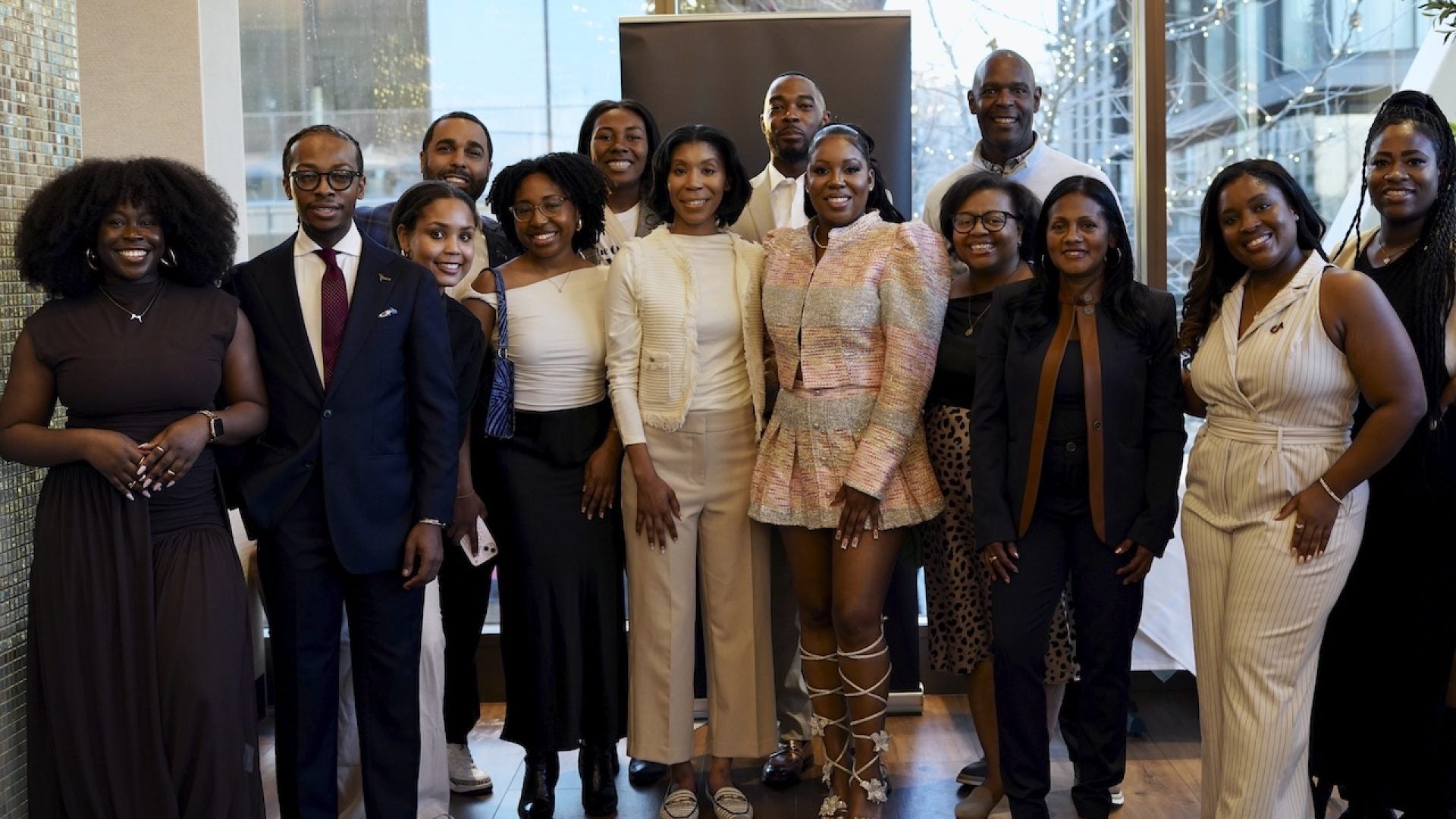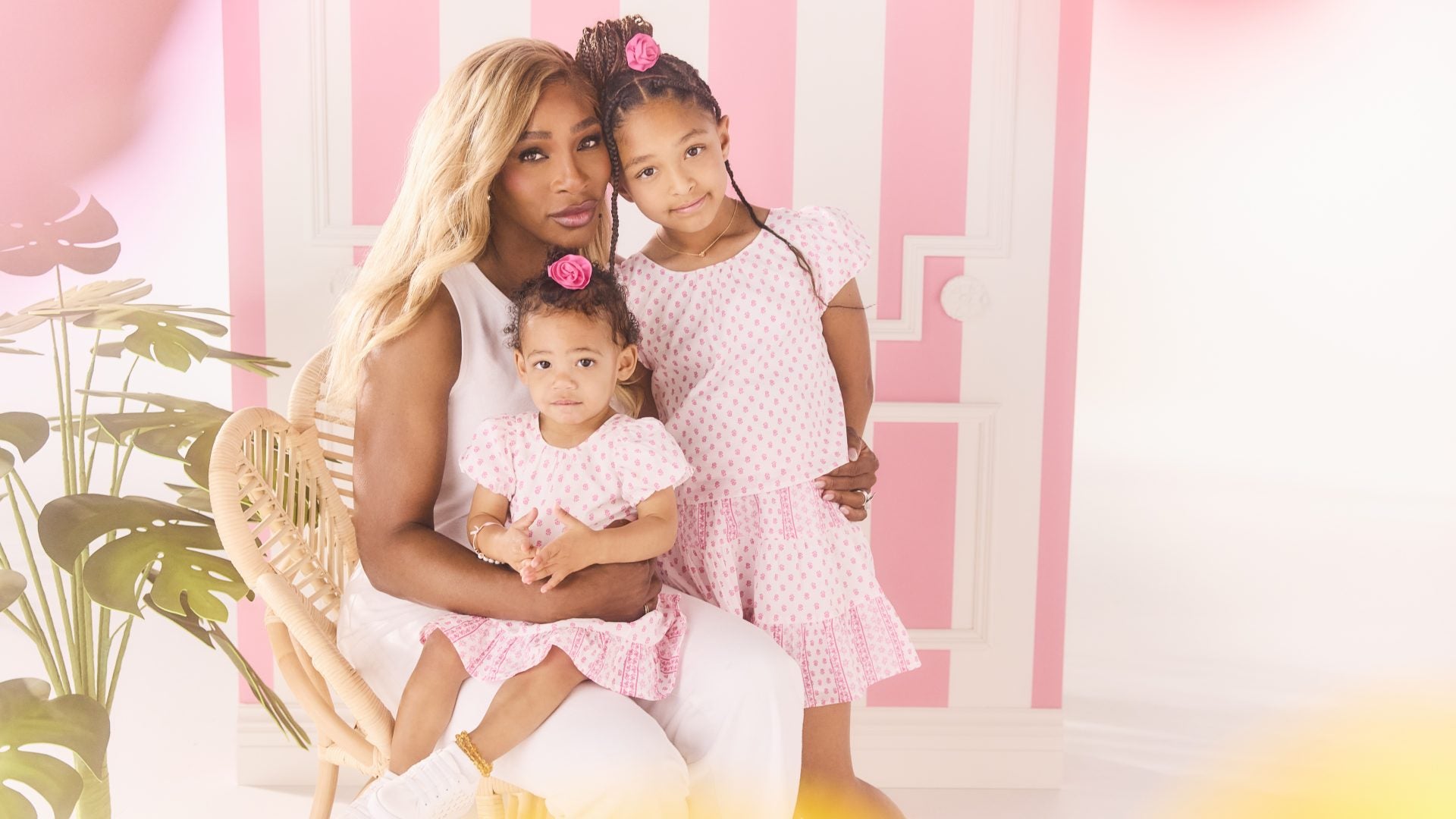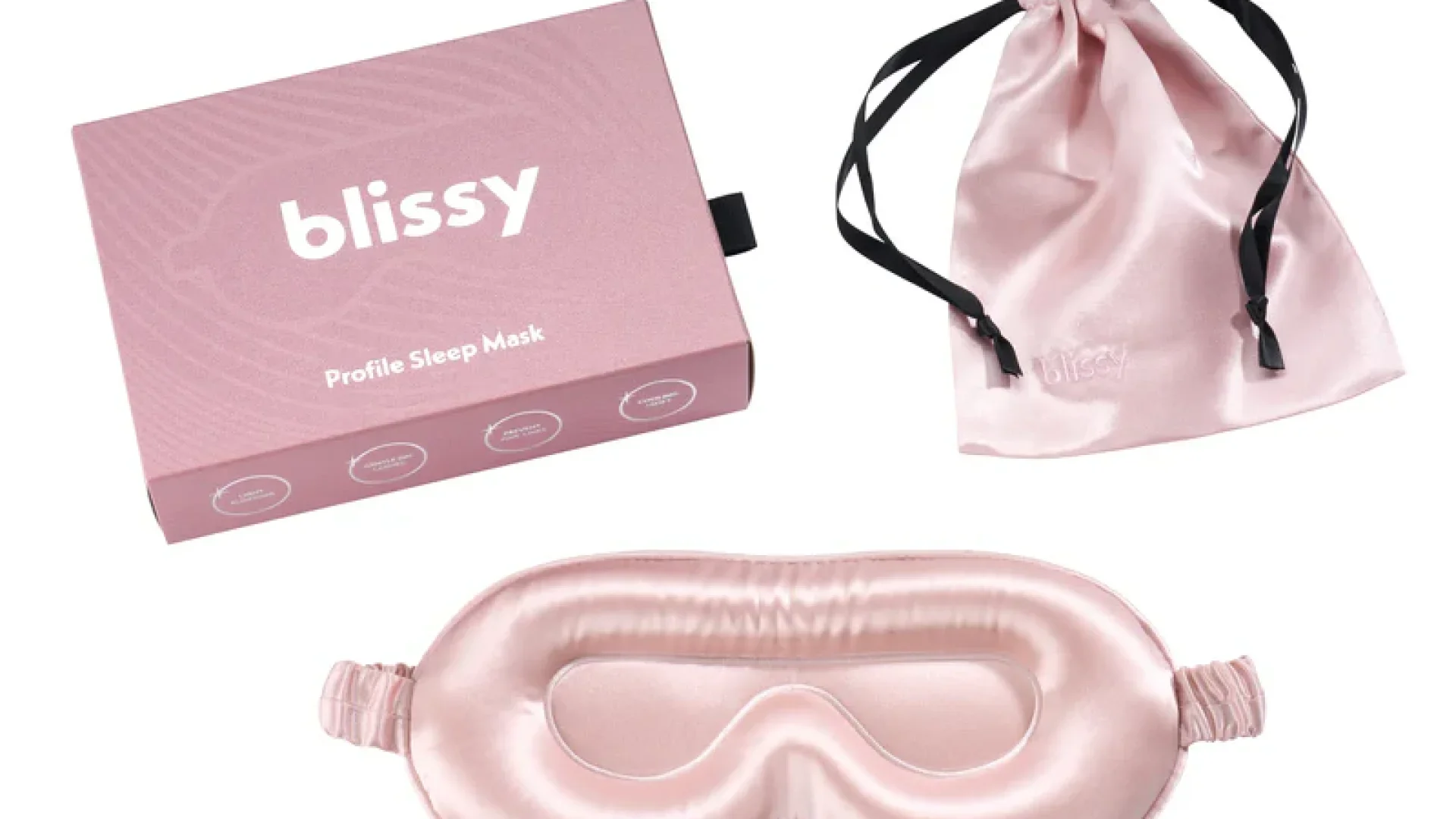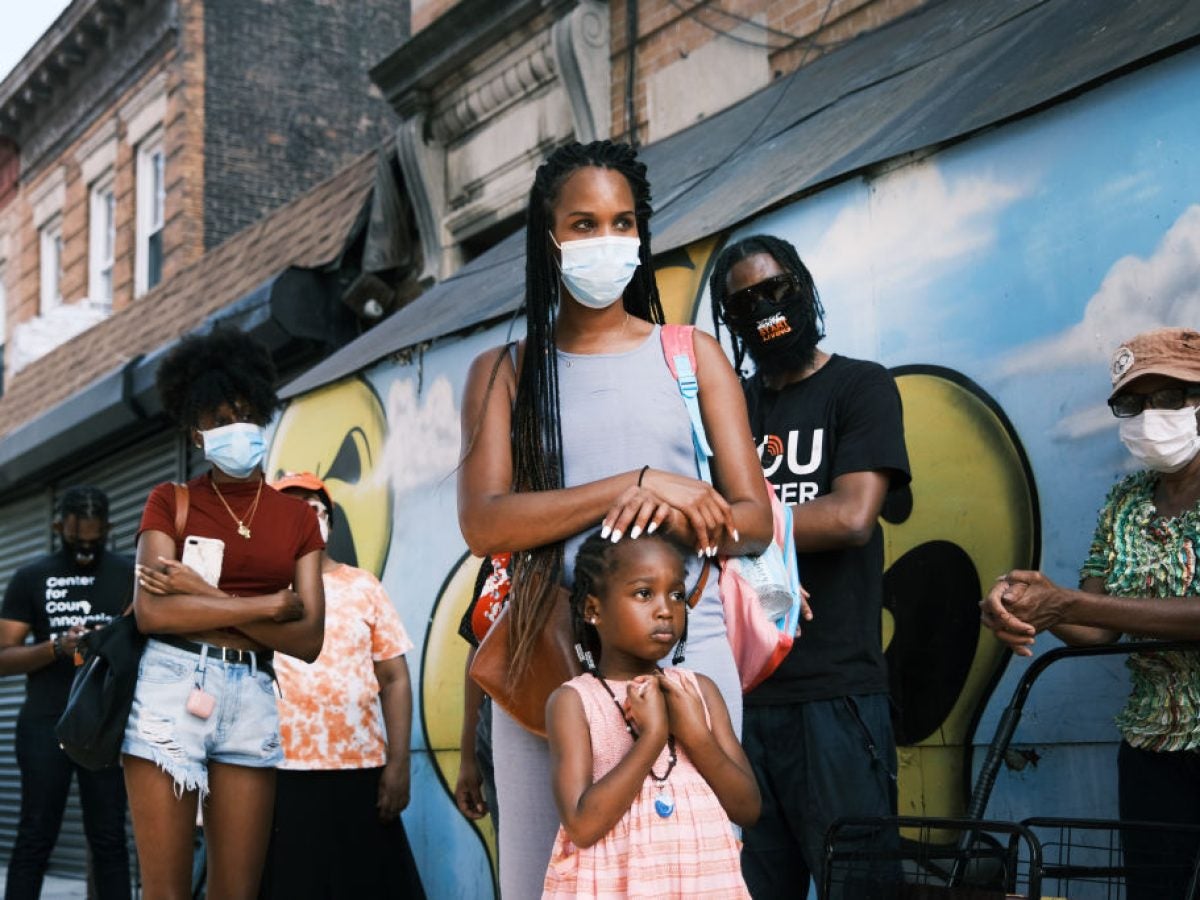
An unorthodox concept is being tested out in New York City where neighbors respond to low-level crimes instead of police for five days at a time throughout the year.
In April, Brownsville In Violence Out (BIVO), a Brooklyn anti-gun violence initiative, experimented with the strategy.
As the NY Times recently noted in a deep profile of the group, in the five days that 911 calls were averted to them instead of the police, neighbors “persuaded people to turn in illegal guns, prevented shoplifting, kept a man from robbing a bodega and stopped a pregnant woman from hitting a boyfriend who had not bought a car seat and a stroller as he had promised.”
Organizers believe this strategy “could redefine law enforcement in New York.”
The organization is a part of The Mayor’s Office of Criminal Justice Crisis Management System. For the five days, “unless there is a major incident or a victim demands an arrest, officers, always in plainclothes, shadow the workers.”
While the BIVO workers respond to lower-level crimes on the streets, agencies are also taking an affirmative stance towards improving their community, “offering services like free child care and addiction recovery sit at folding tables, distributing pamphlets and luring passers-by with games, stress balls and pens.”
BIVO is a part of the Brownsville Safety Alliance, a larger network of both neighborhood and city groups, as well as police officers and members of the Kings County District Attorney’s office.
The city is providing $2.1 million in funds over the next three years “to help link the local organizations that participate most frequently in the Safety Alliance so that they can work cohesively throughout the year.”
What do residents think of this unique concept of self-policing? While some community members remain skeptical, many seem hopeful about the possibilities of reducing police violence and inculcating their neighbors into the harsh criminal justice system.
According to a BIVO assistant program manager, Nyron Campbell, a majority of residents are saying “’We feel more safe. We can walk without feeling anxiety.’”
This all occurred after shockwaves went through the Brownsville neighborhood after the 2019 Kwesi Ashun shooting, when the beloved T-shirt vendor who suffered from paranoid schizophrenia was killed after “he swung at an officer with a chair at a nail salon.”
Brownsville residents had increasingly been complaining about the rising aggression from police, alleging that officers were “grabbing men off the street to arrest them for minor offenses.”
This Brooklyn experiment mirrors similar efforts around the country, which were popularized after protests swept the country after George Floyd’s murder at the hands of police in Minneapolis.




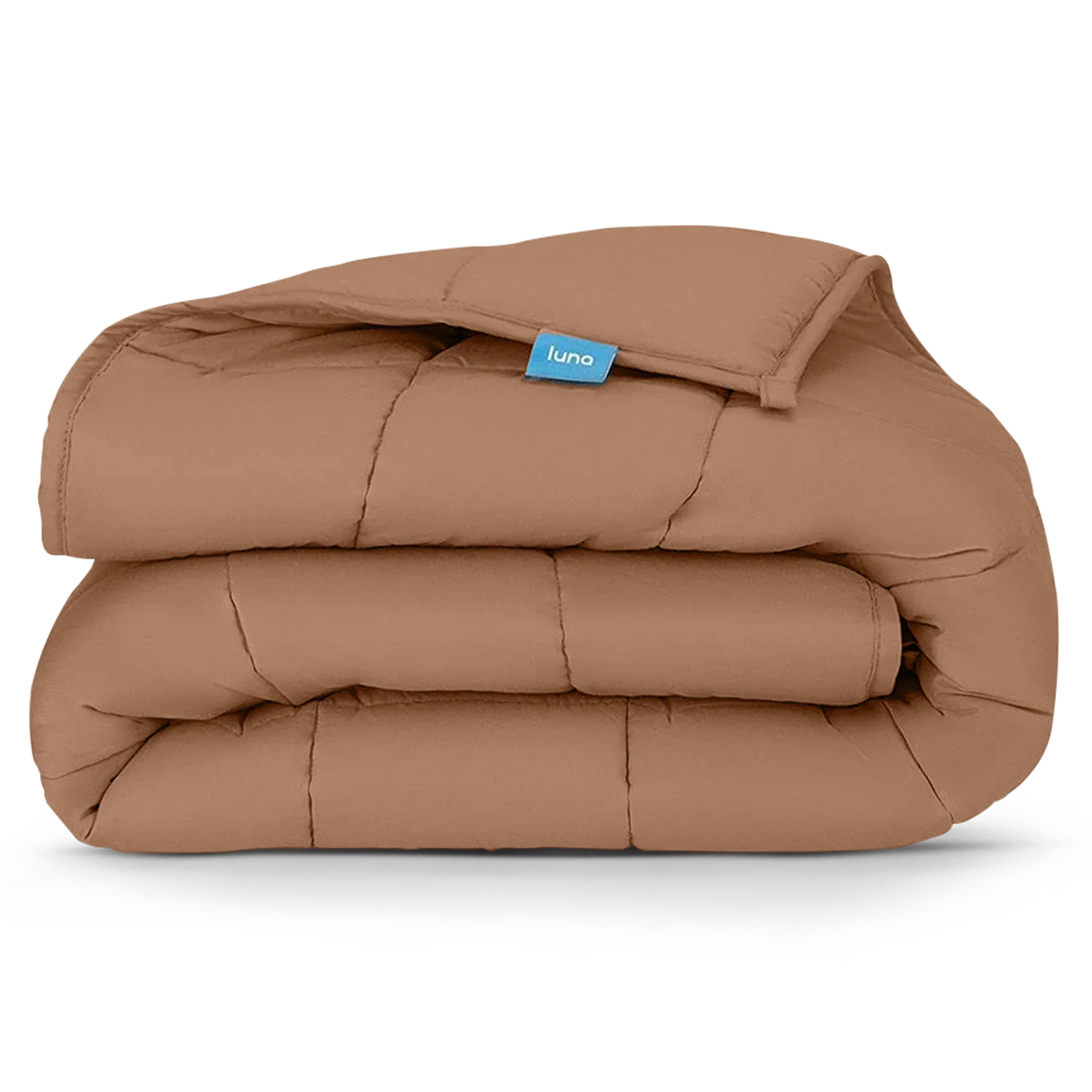
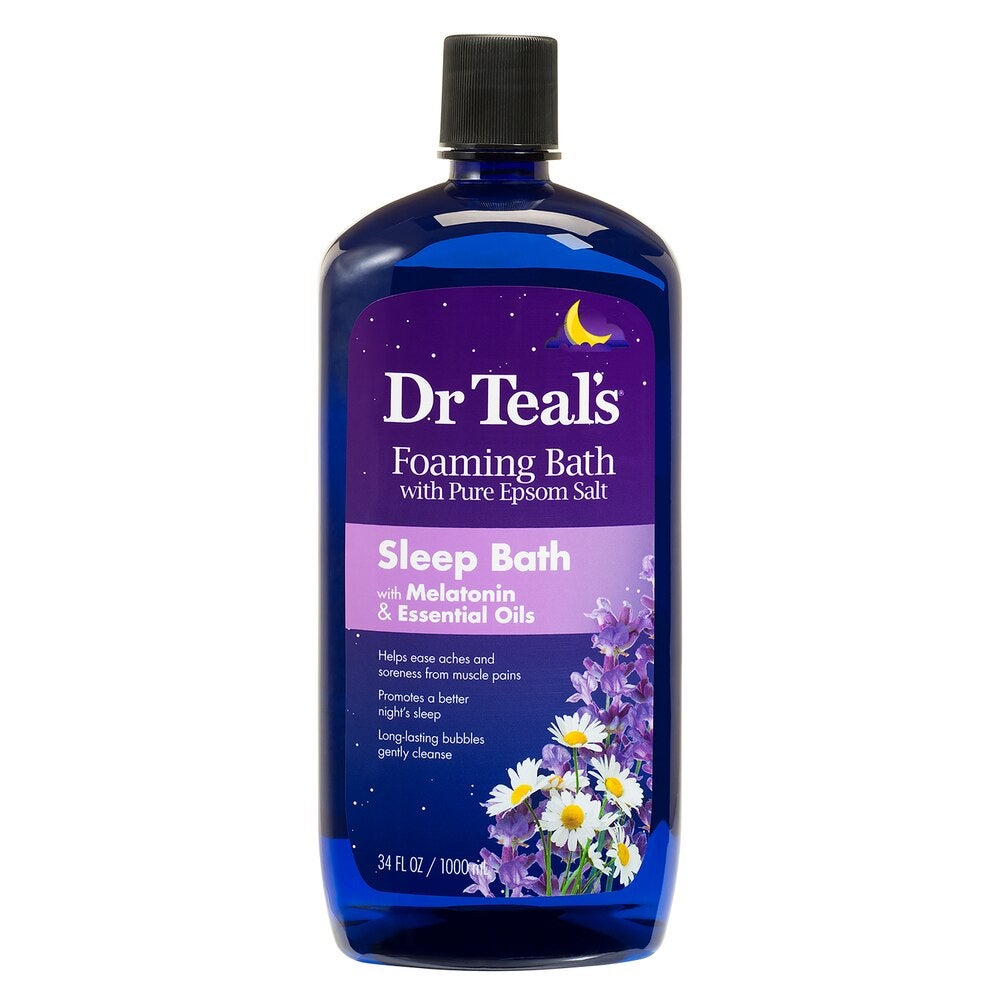
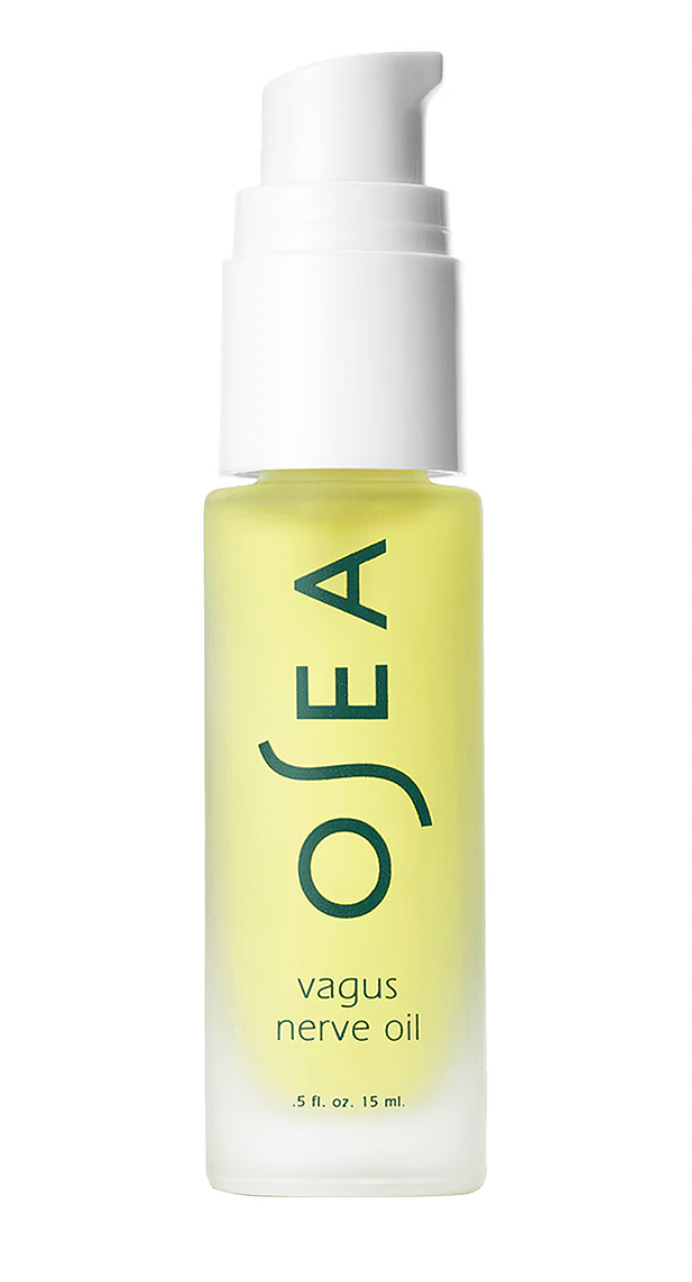
The neighborhood policing efforts are “meant to modulate the use of officially sanctioned force, using a neighborhood’s innate desire for order as a tool.”
This is part of a larger “movement called the ‘community responder model,’ which aims to reduce the use of armed officers to handle many calls,” including efforts in neighboring communities like East New York. There, violence interrupters like Man Up, Inc. have long made headlines for preventing gun violence by enlisting volunteers to deescalate potentially violent interactions and supporting youth with social programs.
Comparable programs are also “underway in Eugene, Ore.; Denver; and Rochester, N.Y., among other places.”



